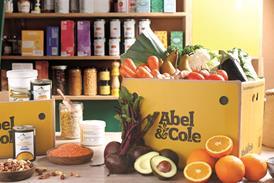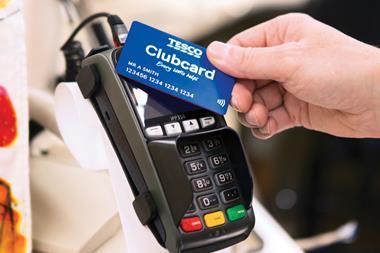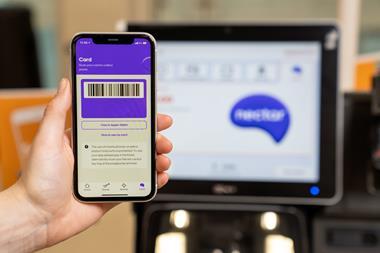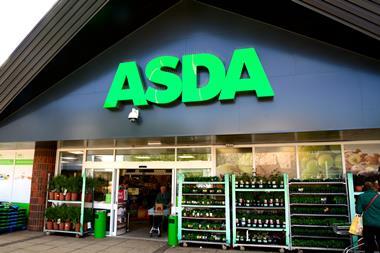The spiralling cost of food appears to have beaten even the best efforts of the multiples to keep a lid on inflation, latest research from The Grocer has shown.
The true rate of food inflation is a staggering 12.6%, far higher than the government and retailers have suggested. The latest data from The Grocer Price Index showed the average cost of the secret 100-item trolley of staple products on which the index is based had risen from £177.14 in June 2007 to an 11-year record price of £199.40 this week.
The figures contrast with those of Sainsbury's boss Justin King, who this week put year-on-year inflation at 3%, in contrast with the Office of National Statistics, which said food was 8% more expensive than a year ago. "People are managing their household budgets carefully. That's partly why inflation as actually experienced by customers in grocery stores is far less than in the market according to the ONS," King stated, basing his view on sales across Sainsbury's 20,000 lines. "Where inflationary pressures are genuine and are connected to commodities, you are seeing those prices move. That's why you can see the retail prices of butter, milk, eggs, flour and bread move, but for every bit of bad news you can see a bit of good news."
According to The Grocer's figures, Sainsbury's was the most successful of the big four in controlling prices, although it still recorded a 10% year-on-year increase to £200.42. Tesco had the least success: its trolley cost £200.07 - a massive 15.6% more than last June.
King said Sainsbury's was "being tough in representing consumers", when it came to negotiating terms and suppliers would have to demonstrate where inflation was hitting their business.
Earlier this year, the big four appeared to be enjoying some success in controlling inflation. But since then, record high fuel costs and rising ingredients costs have accelerated, causing prices across the big four retailers alone to rise 0.8% in the past week alone.

















No comments yet